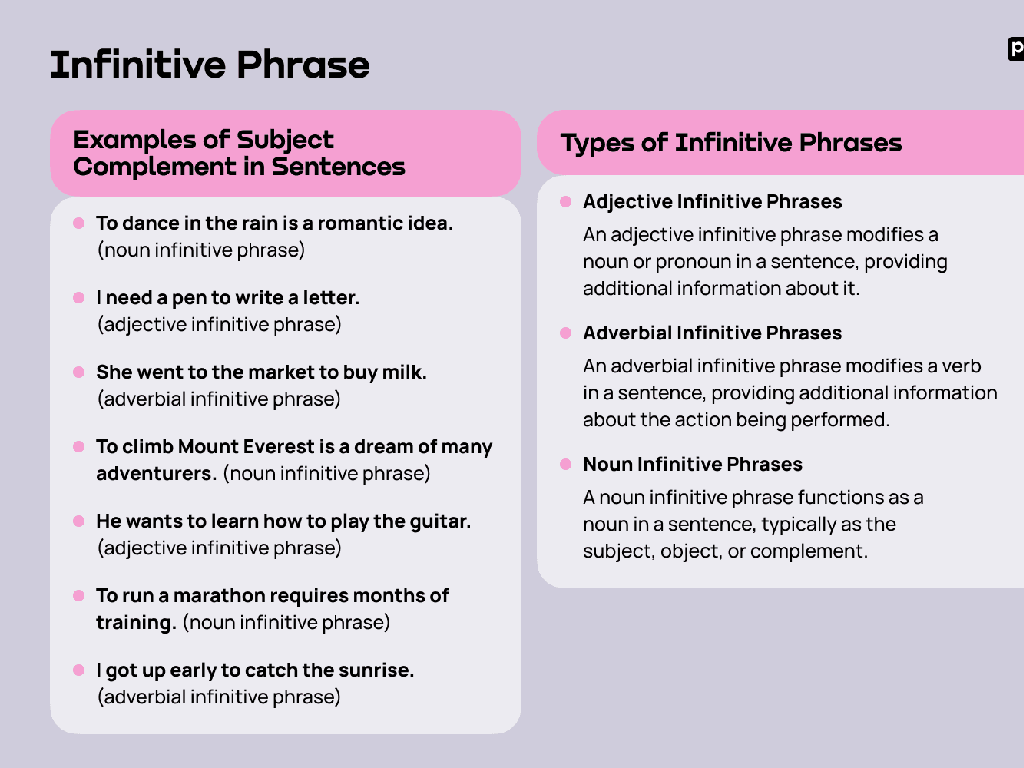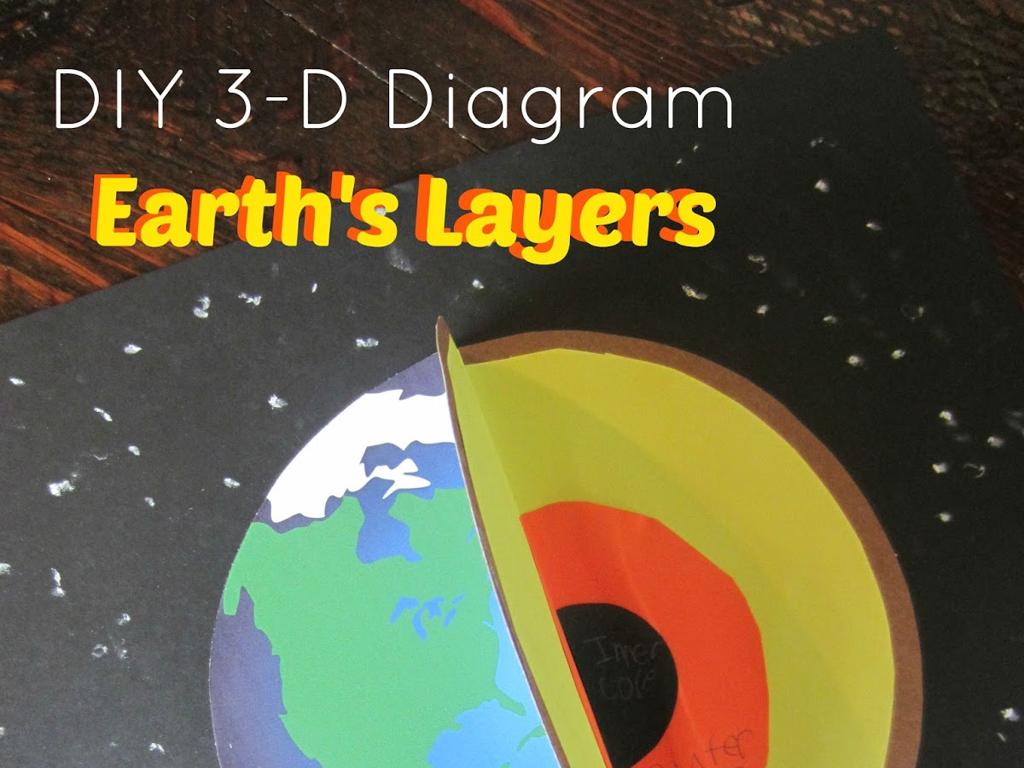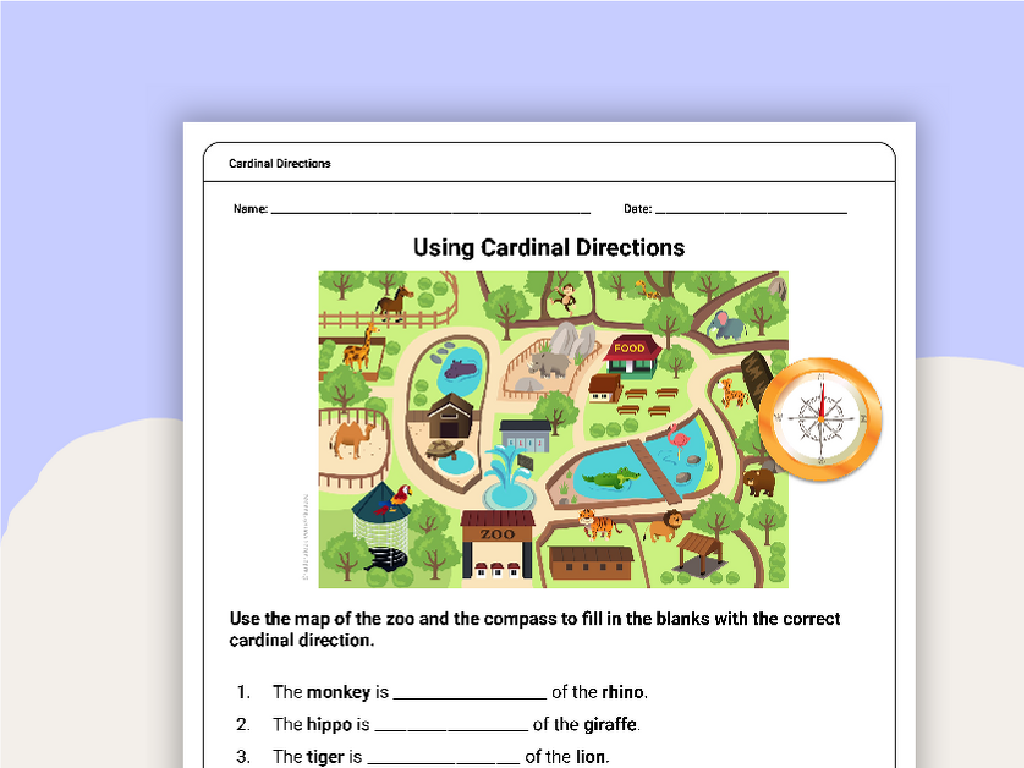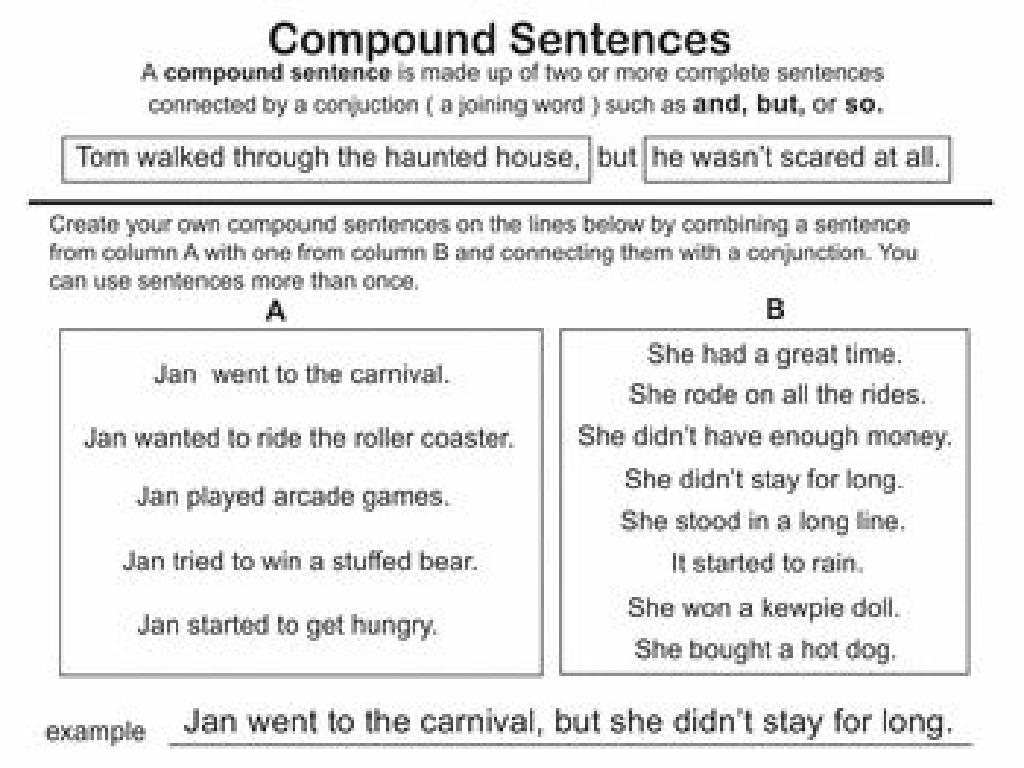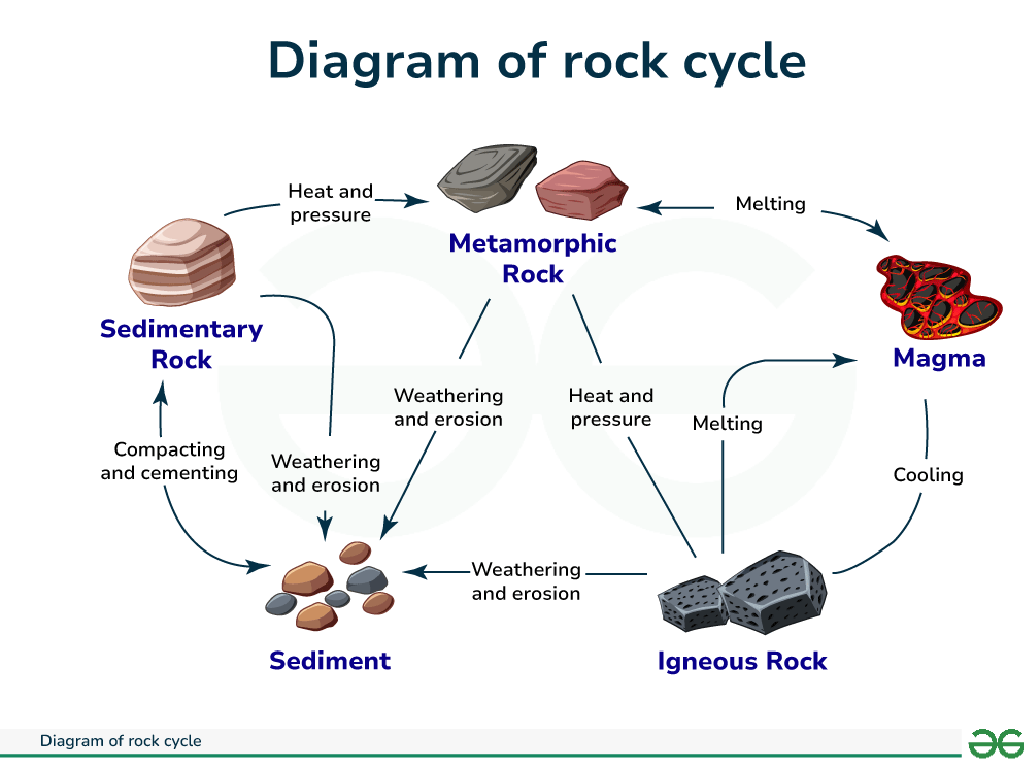Ten More Or Less
Subject: Math
Grade: First grade
Topic: Addition And Subtraction: Multiples Of Ten
Please LOG IN to download the presentation. Access is available to registered users only.
View More Content
Ten More or Less
– Learn ‘Ten More or Less’
– Add ten to a number
– If we have 23, adding 10 gives us 33
– Subtract ten from a number
– If we have 40, taking away 10 leaves us with 30
– Practice with examples
– Use objects like blocks or drawings to visualize
|
Today’s lesson introduces the concept of ‘Ten More or Less.’ Start by explaining that adding ten to a number increases its value, while subtracting ten decreases it. Use visual aids like number lines or counters to help students understand the concept. Provide several examples and encourage students to use their fingers or objects to count in tens. For homework, ask students to find ten more or ten less of numbers they encounter in their daily life, like page numbers in a book or house numbers on their street. This will help reinforce the day’s lesson and build their number sense.
Understanding ‘Ten More’
– ‘Ten More’ means adding 10
– Start with a number, add 10
– New number is ‘Ten More’
– Let’s practice with an example
– If we have 5, and add 10, we get 15!
|
This slide introduces the concept of ‘Ten More’ to first graders, which is a fundamental part of understanding addition with multiples of ten. Begin by explaining that when we say ‘Ten More’, we are simply adding the number 10 to another number. Use visual aids or manipulatives like counting blocks or fingers to help students visualize the addition process. For the example, start with the number 5 and physically count up ten more to reach 15, encouraging the students to count along. Emphasize that the new number they arrive at is ten greater than the starting number. This interactive approach helps solidify the concept and prepares them for more complex addition problems.
Let’s Practice ‘Ten More’
– Starting with 7 apples
– Adding 10 more apples
– Imagine 10 extra apples in the basket
– Counting with objects or fingers
– Use items or fingers to add 10
– How many apples now?
– After adding, count all the apples together
|
This slide is designed to help first graders practice the concept of ‘ten more’ in a tangible and interactive way. Start with a scenario where a child has 7 apples and then receives 10 more. Encourage students to visualize the addition of 10 more apples to their existing 7. Allow them to use physical objects like counters or their fingers to add 10 to the initial number. This hands-on activity helps solidify the concept of addition in their minds. After the counting activity, guide them to count all the apples to find the total. This exercise not only reinforces their counting skills but also introduces them to the concept of addition with multiples of ten. The goal is for students to understand that adding ten to any number increases the tens place by one. For the next class, prepare a set of similar problems with different starting numbers to further practice ‘ten more’.
Understanding ‘Ten Less’
– ‘Ten less’ means subtracting 10
– It makes our number smaller
– Example: 15 – 10 = ?
– Starting from 15, if we take away 10, what number do we have?
– Let’s count backwards to find out!
– We’ll count backwards: 15, 14, 13… all the way to 5!
|
This slide introduces the concept of ‘ten less’ to first graders, which is a fundamental part of understanding subtraction within the context of multiples of ten. Begin by explaining that when we subtract ten from any number, the result is a number that is smaller by ten. Use the example provided to engage the students in a group activity where they can count backwards from 15 to find the answer. Encourage them to use their fingers or manipulatives to physically represent the subtraction of ten. This tactile approach helps solidify the concept. Make sure to praise their efforts and correct any mistakes with positive reinforcement.
Let’s Practice ‘Ten Less’
– Starting with 20 stickers
– Give away 10 stickers
– How many stickers left?
– If you start with 20 and give away 10, you have 10 stickers left.
– Count ten less with objects
– Use fingers or small items to subtract 10 from 20.
|
This slide is designed to help first graders understand the concept of subtracting ten from a given number. Start by presenting a relatable scenario, such as having 20 stickers and giving 10 away. Encourage the students to visualize the action of giving away stickers to grasp the subtraction concept. Allow them to use physical objects or their fingers to count backward from 20 to 10, reinforcing the ‘ten less’ concept. During the activity, walk around the classroom to ensure students are engaging with the material and understanding the subtraction process. Offer praise and assistance as needed. Prepare additional examples for students who finish early or require extra practice.
Understanding Patterns with Multiples of Ten
– Numbers ending in 0 are tens
– Add ten: tens place up by 1
– From 20 to 30, 2 in tens place becomes 3
– Subtract ten: tens place down by 1
– From 40 to 30, 4 in tens place becomes 3
– Practice with examples
– Example: 10 more than 50? 10 less than 80?
|
This slide is aimed at helping first graders recognize patterns in numbers, specifically focusing on multiples of ten. Start by explaining that numbers ending in 0 are multiples of ten. Use visual aids like number lines or counters to show that adding ten to a number increases the digit in the tens place by one, while subtracting ten decreases it by one. Encourage students to observe these patterns and practice with examples, such as adding ten to 50 or subtracting ten from 80. This will solidify their understanding of basic addition and subtraction with multiples of ten.
Group Activity: Ten More or Less
– Play a game with dice and a chart
– Roll the dice to move spaces
– Find ten more or ten less
– If you land on 15, what’s ten more or less?
– Share your number with the class
|
This interactive group activity is designed to help first graders understand the concept of adding or subtracting multiples of ten. Provide each student with a number chart and a dice. Students will take turns rolling the dice and moving the corresponding number of spaces on the chart. Upon landing on a number, they will calculate ten more or ten less than that number. This exercise reinforces mental math skills and the understanding of number sequences. For the teacher: Prepare a number chart for each student, ensure they understand how to use it, and guide them through the process of adding or subtracting ten. Have a few examples ready to demonstrate, and encourage students to help each other. Possible variations of the activity could include using different multiples or having students explain their thought process to the class.
Class Activity: Exploring ‘Ten More or Less’
– Start with 20 blocks each
– Add ten blocks for ‘ten more’
Observe how the pile grows bigger
– Remove ten blocks for ‘ten less’
Notice the pile getting smaller
– Discuss what number you have now
Is it the same as the start number?
|
This hands-on activity is designed to help first graders visualize the concept of ‘ten more or less’. By physically adding and removing blocks, students can concretely see the changes in quantity. Teachers should ensure each student has exactly 20 blocks to begin with. After adding ten, facilitate a discussion on the new total, emphasizing the concept of ‘ten more’. Then, guide them as they remove ten blocks to explore ‘ten less’. Encourage students to articulate the final number of blocks they have and confirm if it’s the same as the starting number. Possible variations of the activity could include using different objects, working in pairs, or challenging students to predict the outcome before adding or removing the blocks.
Conclusion: Ten More or Less
– Recap: ‘Ten More or Less’
– We learned how to add or subtract 10 from a number.
– Show ‘ten more’ or ‘ten less’
– Can you add 10 to 2 using your fingers? What about subtracting 10 from 20?
– Practice is key to mastery
– Keep exploring numbers!
|
As we wrap up today’s lesson, let’s review what we’ve learned about ‘Ten More or Less.’ Ask students to demonstrate their understanding by showing ‘ten more’ or ‘ten less’ using their fingers or other classroom objects. Emphasize the importance of practice in mastering this concept and encourage them to continue exploring and playing with numbers at home. For homework, they can practice with their family members or use objects like toys to add or subtract ten. Remember to praise their efforts and progress to build their confidence in their mathematical abilities.

